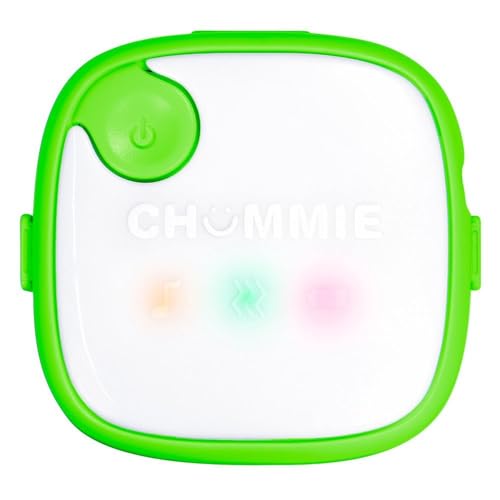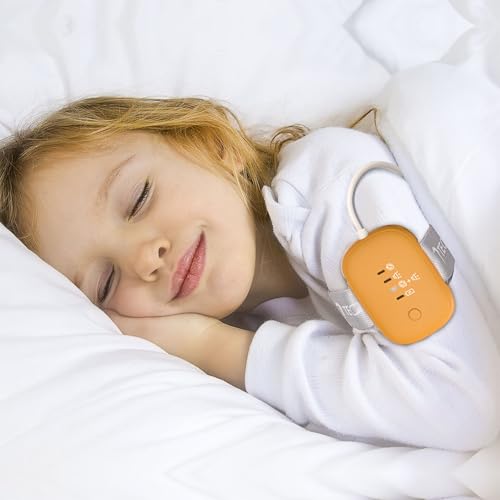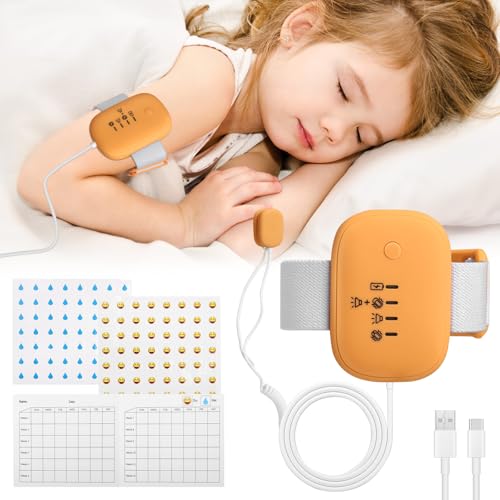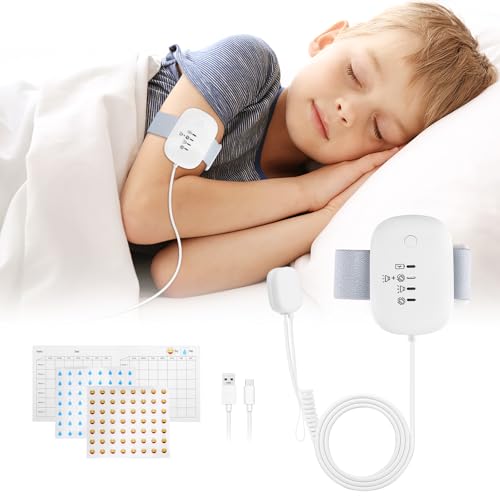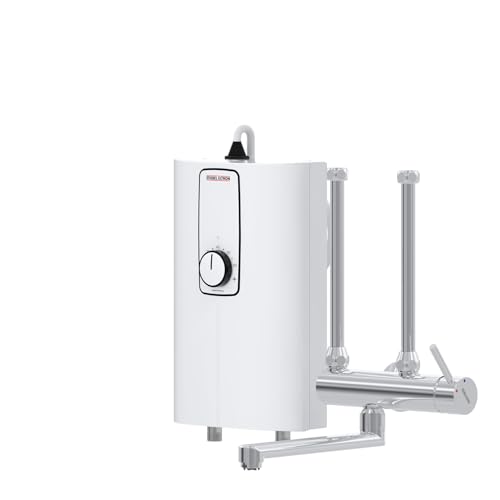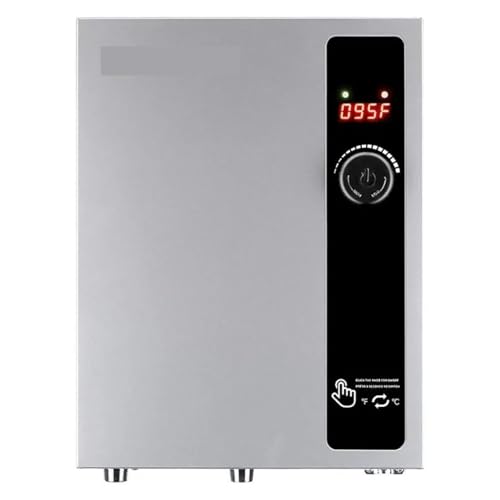Understanding Bedwetting Alarms: How They Work and Why They Matter
The Basics of Bedwetting Alarms
Bedwetting alarms are innovative devices designed to help children learn to stay dry at night. They work by detecting moisture and then sounding an alarm to wake the child. This process helps condition the child to wake up when they need to go to the bathroom, gradually training their bladder to have better control during sleep.
The Importance of Early Intervention
Many parents might wonder why bedwetting alarms are essential. By using one of these systems, we not only help our child manage their bedwetting but also promote healthier sleeping habits. Early intervention with a bedwetting alarm can reduce anxiety for both the child and parents, as it addresses the issue sooner rather than allowing it to persist.
Key Features to Look For: What Makes an Effective Bedwetting Alarm System
Sound and Vibration Options
An effective bedwetting alarm should have both sound and vibration alerts. This combination is crucial as it caters to different sleep patterns. Some children may respond better to vibrations, especially deep sleepers, while others might wake easily to sound. Ensuring the alarm has adjustable volume levels can also be beneficial.
Moisture Sensors
The type of moisture sensor is another essential feature to consider. Look for alarms with reliable sensors that can detect even minor moisture changes, allowing for quick alerts. Some models come with multiple sensor pads that can be placed in various areas of the bed, offering flexibility depending on the child’s sleeping arrangements.
Ease of Use
A user-friendly design is critical when selecting a bedwetting alarm. The alarm should be easy for both the parent and child to operate. Look for systems that have straightforward instructions and are easy to set up. Ideally, the alarm should be lightweight and comfortable enough for the child to wear while sleeping.
Choosing the Right Bedwetting Alarm: Tailoring Your Selection to Individual Needs
Assessing Your Child’s Sleeping Patterns
Before choosing a bedwetting alarm, it’s vital to assess your child’s specific needs. If your child is a heavy sleeper, a model with strong vibration capabilities may be more effective. Conversely, if they wake up readily, a simpler sound alarm might suffice. Understanding these patterns helps in selecting the best option.
Comfort and Fit
Consider how comfortable the alarm will be for your child. Some alarms attach to underwear or pajamas, while others are clipped to bed linens. Choosing a model that your child finds comfortable will increase the likelihood of consistent use and success.
Setting Up Your Bedwetting Alarm: A Simple Guide to Getting Started
Installation Steps Made Easy
Setting up a bedwetting alarm is typically straightforward. Begin by following the manufacturer’s instructions closely. Usually, you’ll need to attach the moisture sensor securely to the underwear or bedding. Ensure that any wires are positioned safely to avoid tangling during the night.
Establishing a Routine
Once the alarm is installed, help your child establish a bedtime routine that includes setting the alarm. Consistency is key; the more predictable the nightly process, the more comfortable your child will feel. Encourage them to participate in the process to foster a sense of ownership and responsibility.
Tips for Encouraging Success: Supporting Your Child Through Bedwetting
Positive Reinforcement
Using positive reinforcement can be a powerful motivator. Celebrate dry nights with small rewards or praise your child for their efforts, regardless of the outcome. This encouragement helps build their confidence and reduces the fear of embarrassment associated with bedwetting.
Open Communication
Maintaining open lines of communication with your child about their feelings surrounding bedwetting is essential. Encourage them to speak up if they feel anxious or need help during the process. This support fosters a trusting environment, making it easier for them to share their experiences and progress.





